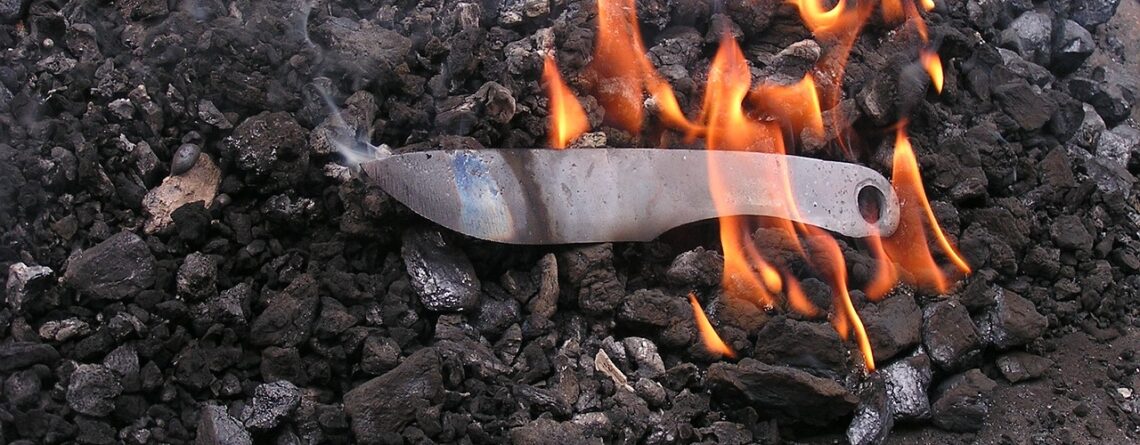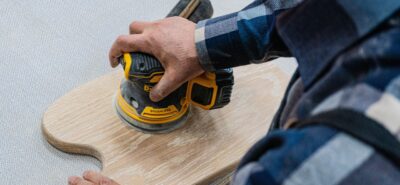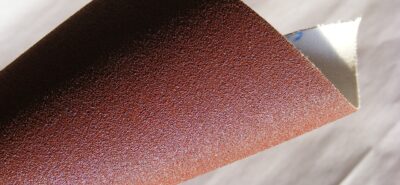The Art of Knife Making: A Deep Dive into the Role of Abrasives
Knife making is a transformative process that combines technical skill with artistic vision. At the heart of this craft lies the strategic use of abrasives, which are vital for shaping, refining, and finishing blades. From the initial stock removal to the final polish, abrasives are essential in every phase of knife making. Below, we explore each stage, detailing the application of abrasives and providing insights on where to include links to related tools and products.
1. Rough Shaping: Stock Removal
The first stage of knife making involves stock removal, where the blade’s rough shape is established. Abrasives are critical at this phase for efficient material removal.
- Tools and Abrasives Used:
- Belt grinders with coarse-grit abrasive belts (e.g., 36–60 grit) for rapid material removal.
- Angle grinders equipped with grinding discs for shaping irregular profiles.
- Cut-off wheels for precise initial wheel cuts in steel blanks.
- Hand files to refine areas unreachable by power tools with pads and blocks.
2. Profiling and Beveling
Profiling establishes the knife’s detailed shape, while beveling introduces the cutting angle. Abrasives play a nuanced role here, requiring precision and control.
- Abrasives at Work:
- Mid-range grits (e.g., 80–120) used on belt grinders for beveling.
- Flat platens or small contact wheels for consistent and even grind angles.
- Jigs to maintain steady angles during beveling.
- Rotary tools with sanding drums for tight or curved areas.
3. Heat Treating and Post-Processing
After beveling, the blade undergoes heat treatment to harden and temper the steel. Once this is done, abrasives are needed to refine the surface and remove scale.
- Post-Heat Treat Refinement:
- Ceramic belts for their toughness on hardened steel.
- Zirconia belts for rapid removal of heat-treat scale.
- Scotch-Brite wheels or equivalent for blending and cleaning surfaces.
- Wire brushes for additional cleanup.
4. Edge Refinement
Refining the edge is where the knife transitions from a rough tool to a precision instrument. Abrasives must be carefully chosen for gradual refinement.
- Sharpening Progression:
- Fine-grit belts (320–600) for shaping a basic edge.
- Diamond stones for creating a keen and long-lasting edge.
- Water stones for precision sharpening.
- Leather strops with abrasive compounds for edge polishing.
5. Polishing and Finishing
The final step focuses on aesthetics and protection, ensuring the blade is both visually striking and corrosion-resistant.
- Techniques and Materials:
- Sandpaper (400–2000 grit) for progressive hand sanding.
- Buffing wheels with polishing compounds for a mirror finish.
- Etching kits for adding custom patterns or branding.
- Polishing pastes to eliminate micro-scratches and brighten the steel.
6. Maintenance and Restoration
Knife maintenance ensures longevity, and abrasives play an essential role in keeping blades sharp and visually appealing.
- Maintenance Tools:
- Whetstones for edge sharpening.
- Honing rods for edge realignment.
- Polishing cloths for maintaining the finish.
- Abrasive pastes for removing minor blemishes.
Choosing the Right Abrasives
The choice of abrasives is fundamental to achieving desired results:
- Aluminum Oxide: Ideal for wood handles and non-hardened metals.
- Ceramic: Durable and effective on heat-treated steel.
- Zirconia: Suited for aggressive grinding tasks.
- Diamond: Excellent for sharpening and ultra-hard materials.
Conclusion
From shaping to polishing, abrasives are the backbone of the knife-making process, enabling bladesmiths to achieve precision, durability, and beauty. By selecting the right tools and techniques, artisans can bring their creative visions to life.
For those embarking on their knife-making journey, investing in high-quality abrasives and related tools is key. Explore the products linked throughout this blog to equip yourself with the essentials for every stage of the craft. Happy knife making!






LEAVE A COMMENT